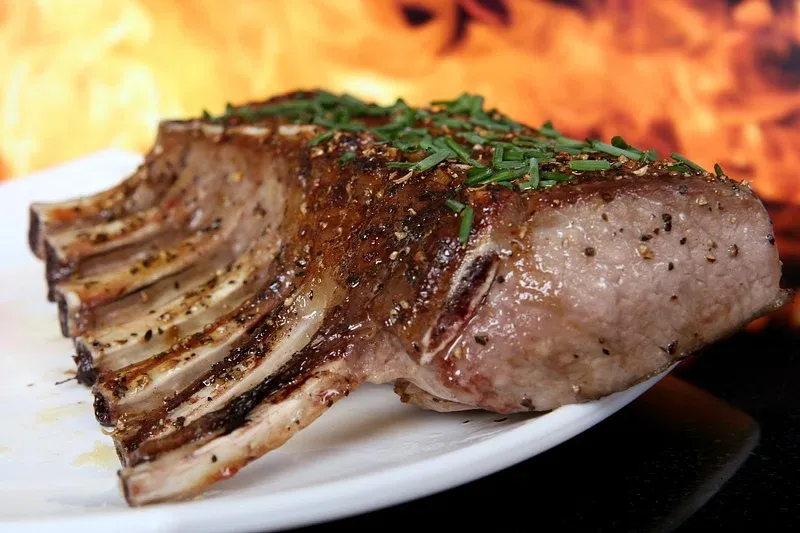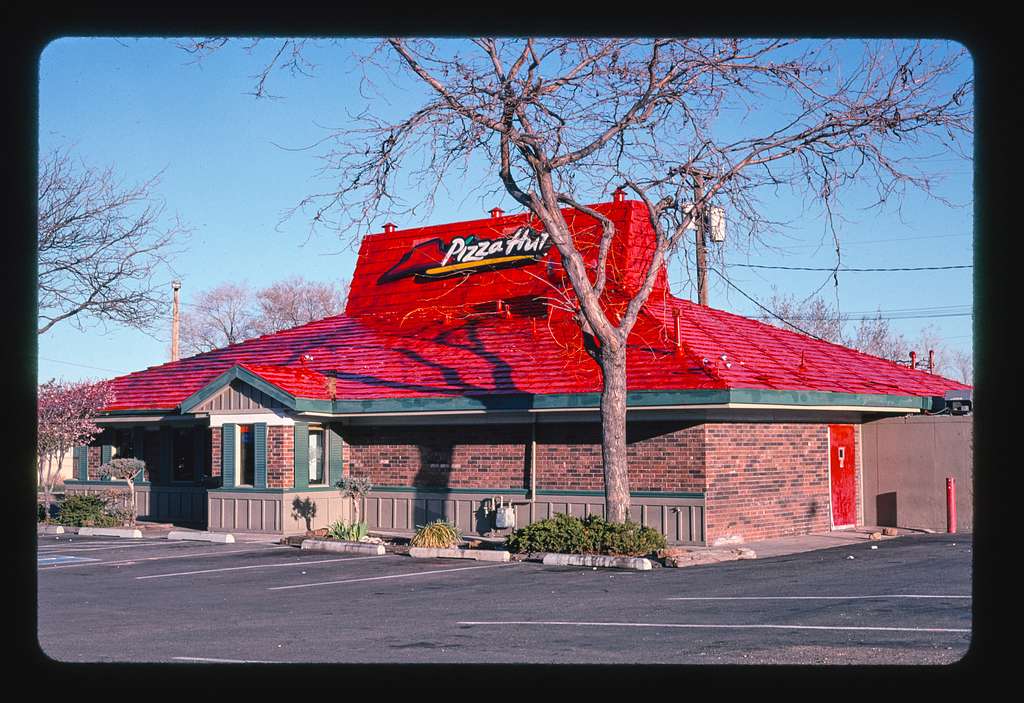
Demystifying Wine Decanting: A Sommelier's Insight into the Art of Decanting Wine
- May 8, 2024
Decanting, the practice of slowly pouring wine from its original bottle into another vessel for exposure to air, is not just about aesthetics. This process gives wine a chance to 'open up', enriching its flavors. As we learn from Suzanne DeStio, a well-known Sommelier and Wine Director at One White Street in New York, decanters are specifically designed to increase oxygen interaction with the wine.
Decanters come in all shapes and sizes, ranging from small and simplistic to large with elaborate designs. Notable traits include a sleek lip or spout for easy pouring and a narrow neck that calculates oxygen exposure. The neck leads to a rounded bottom well, where the wine resides.
Transferring wine to another container may seem like a tedious task, but consider it as cleaning a murky window pane. When wine meets oxygen, it could help bring out its features, such as tannins or acidity, with greater clarity. Decanting can also help separate any built-up sediment, making for a smoother drinking experience.
Before going to the trouble of decanting, it’s wise, according to sommelier and general manager Danya Degen at Méli in Washington, D.C., to taste a bit of the wine first. If it’s already expressive, go ahead and pour. Otherwise, Degen suggests decanting just half of the bottle at first, comparing the wine still in the bottle to the decanted half. This way, you can gauge whether decanting is enhancing the wine's aroma and taste.
Decanting is not universally successful - not all wines take to it. Some are better consumed fresh, while others may benefit from a little aeration before sipping. As labels rarely make this clear, following the tasting-first approach can be beneficial.
"Experimenting is how we learn," says Degen, "I especially enjoy doing this with wines I foresee in my future, such as those from wine club purchases or yearly allocations."
Sarah Foote, the wine and service director at Castle Hot Springs in Morristown, Arizona, joins other sommeliers in stating two scenarios where decanting is generally favored:
Decanting is usually skipped in case:
A cold wine can warm up to its ideal serving temperature with the help of decanting. When entertaining, decanting can speed up the process of enjoying the wine, states Degen. On her own, Degen prefers letting her wine sit in a glass, and maybe enjoys a cocktail in the meantime.
The required decanting duration varies as every wine is unique. Generally, the younger, more robust the wine, the longer it can endure decanting. But, for an older wine, decant only to remove sediment and serve within 15 minutes, as prolonged exposure to oxygen could cause them to lose their vibrance, notes Degen.
When a decanter is not available, professionals suggest resorting to other tools to induce aeration or sediment removal. For instance, Degen sometimes resorts to a 'double decant': pouring the entire wine bottle into a clean, fragrance-free, quart-sized glass measuring cup, then back into the rinsed original bottle.
Lastly, remember you can always pour wine directly into a glass - this is essentially decanting on a minuscule scale. The wine opens up over time, allowing you to savor the slow transformation of your wine.






